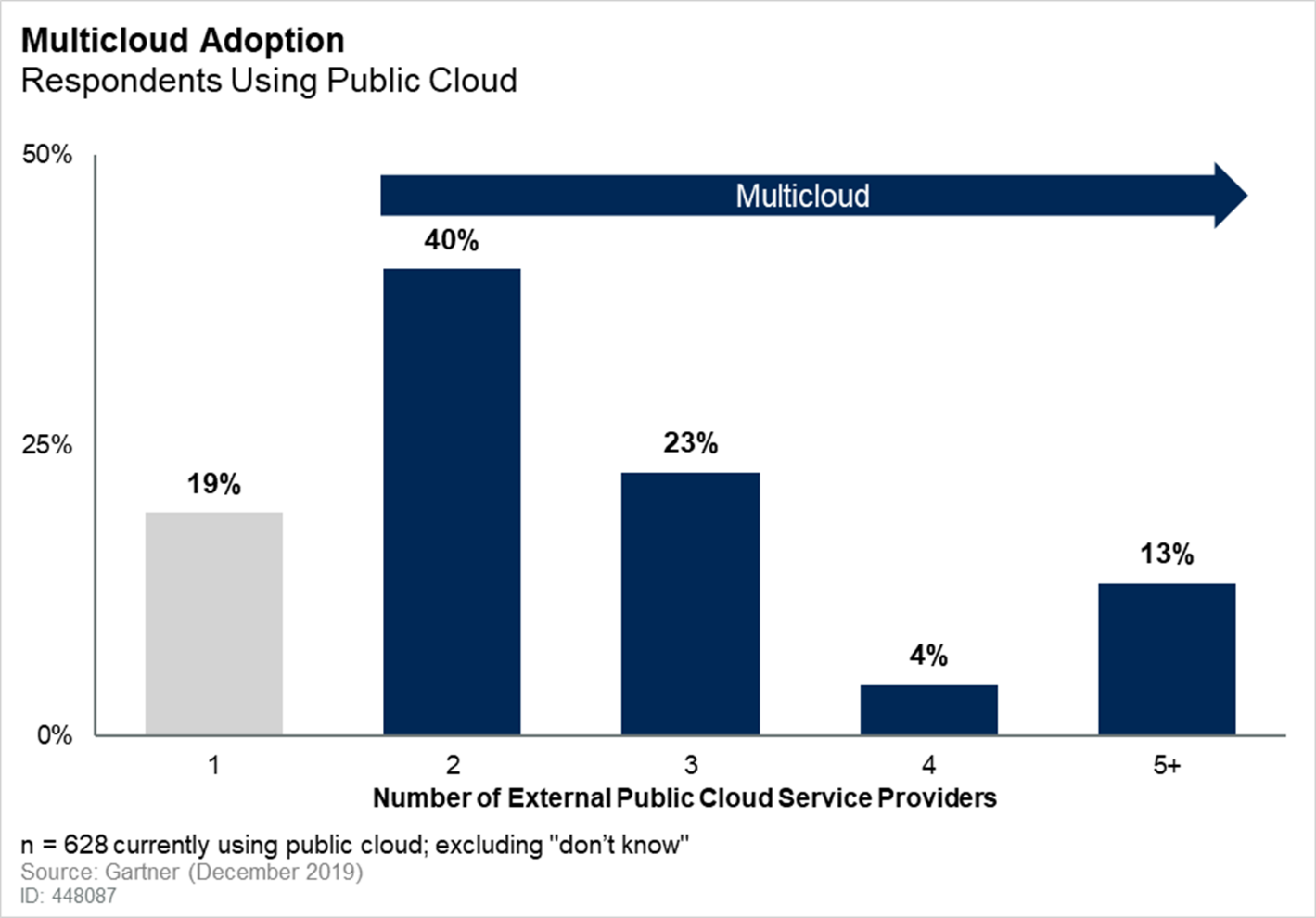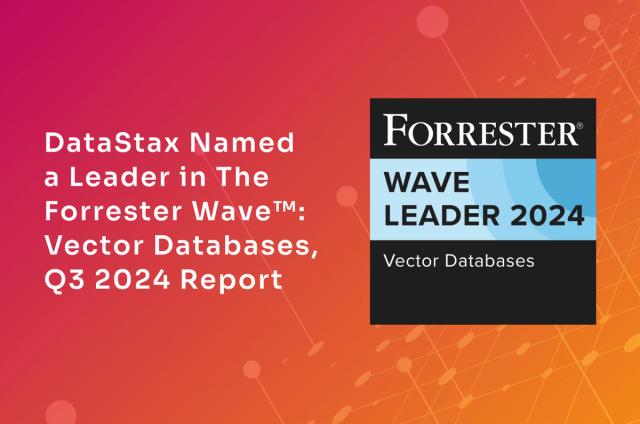Why Multi-Cloud Adoption is Right For Your Data

This is an excerpt from the Gartner report "The Future Of Cloud Data Management Is Multicloud" which delves into how data and analytics leaders will prepare for a multicloud and intercloud world.
The use of more than one cloud for data and analytics is inevitable. Data and analytics leaders must prepare for a multicloud and intercloud world, where data management, governance and integration become more complex than ever before.
Analysis
Data and analytics is heading to the cloud, led by data management (see “The Future of the DBMS Market Is Cloud”). Cloud service providers (CSPs) are becoming the new default platform for database management. These platforms consist of both native CSP offerings and third-party independent software vendor (ISV) offerings that run on CSP infrastructure. As more and more data lands in the cloud, data and analytics leaders face new challenges associated with cloud adoption. This is frequently complicated by the additional complexities of running in more than one CSP.
A recent Gartner research survey on cloud adoption1 revealed that more than 80% of respondents using the public cloud were using more than one CSP (see Figure 1).
Figure 1. Multicloud Adoption

There are several reasons for the use of multiple clouds:
- Diversity of Choice — Cloud represents a huge diversity of choice, which many organizations view as a good thing. The selection of a single product or offering no longer precludes the use of similar offerings. A strategic alliance with a single CSP for infrastructure does not preclude the use of services on another CSP — for additional infrastructure services or other cloud data and analytics or application services. The broader choice inherent to a multicloud world allows workloads to be deployed where they run most efficiently — both from a performance and price/performance perspective. Workloads that run more efficiently will also be more cost-effective. As a result, multicloud is not just a mitigating strategy for CSP lock-in, but also a central component of a cost optimization strategy.
- Low Barrier to Entry — Unlike the on-premises world — where significant investments and lead times were required to implement data management technology — cloud presents a degree of agility previously unknown to data and analytics leaders. When financial barriers to entry are measured in tens or hundreds of dollars, divergence from the strategic standard is a virtual certainty.
In short, data and analytics leaders must accept the inevitable, and engage in strategies that will help them to manage this diverse and newly complex world. Failure to do so will result in a proliferation of data silos, and an opaque view of data assets across the organization. Embracing this new multicloud and intercloud world order will lead to increased opportunities for data synergies and cost optimization — provided appropriate investments are made in governance, metadata management and data integration.
This collection of research is focused on a number of key areas that data and analytics leaders will need to understand in order to prioritize their investments:
- Developing a multicloud and intercloud strategy
- Data integration in a hybrid and multicloud/intercloud data landscape
- Governance in a multicloud and intercloud world
- Operating in a multicloud and intercloud world
Thanks for reading this excerpt from the Gartner report "The Future Of Cloud Data Management Is Multicloud," tune in next week when we'll release another excerpt or click here to download the full asset.




